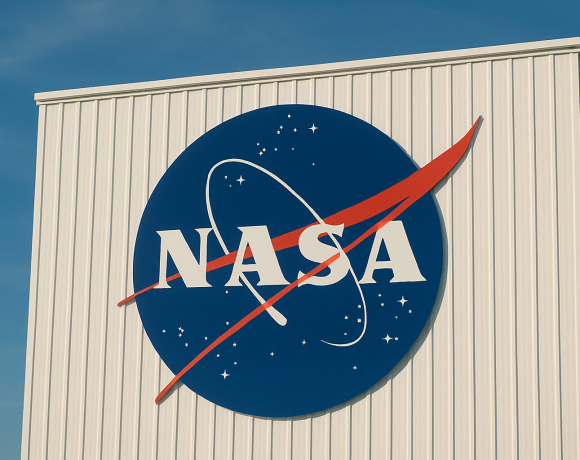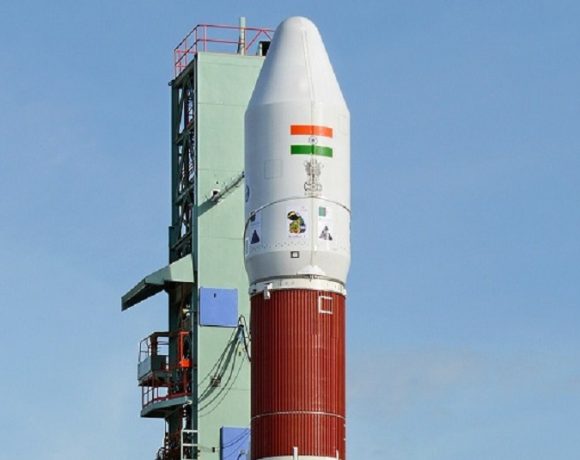
NASA Warns of Major Solar Storm Impacting Earth
NASA and the National Oceanic and Atmospheric Administration (NOAA) have issued a serious warning about a powerful solar storm that could affect global communications and power systems. On May 14, an X2.7-class solar flare erupted from sunspot AR4087 — the strongest solar event recorded in 2025 so far.
This flare caused temporary radio blackouts across large regions including Europe, Asia, and the Middle East. Scientists confirm the flare disrupted high-frequency communications for up to ten minutes in some areas.
As solar activity intensifies with the approach of the solar maximum in the Sun’s 11-year cycle, more such high-energy solar events are expected in the coming months.
What Are Solar Flares and Why They Matter
Solar flares are sudden, intense bursts of radiation released by the Sun’s surface, usually near sunspot regions. These flares eject energetic particles and magnetic fields into space. When aimed at Earth, they can reach the planet within minutes and impact satellite signals, radio frequencies, and even power grids.
The X-class category is the most powerful classification of solar flares. Although Earth’s atmosphere shields living beings from the harmful radiation, satellite technology, communication infrastructure, and even air traffic operations can face serious disruptions from such solar storms.
In this case, experts warn of potential disturbances to GPS services, mobile networks, and even electrical grid stability, especially at higher latitudes.
Preparedness Measures Underway in the U.S.
Acknowledging the growing risks, NOAA recently conducted the United States’ first space weather emergency preparedness drill. The drill simulated the fallout from a severe solar superstorm and involved coordination among multiple federal agencies.
The exercise tested responses to potential satellite damage, power grid failures, GPS malfunction, and communication blackouts. The goal was to evaluate and improve readiness for a worst-case space weather scenario.
According to NOAA and NASA officials, regular monitoring of solar activity and timely alerts are key to managing the impact of such natural events on our increasingly digital and interconnected world.
Solar Cycle Peaks and Global Vigilance
This incident is part of a broader pattern of heightened solar activity expected as the current solar cycle approaches its peak. Researchers are closely monitoring sunspot regions like AR4087, which could produce additional powerful flares.
Given the global dependence on satellite navigation, internet services, and electric grids, the importance of early warnings and international coordination to counteract space weather threats cannot be overstated.
NASA’s ongoing surveillance of solar behavior continues to be critical in protecting both technology and lives on Earth.


















